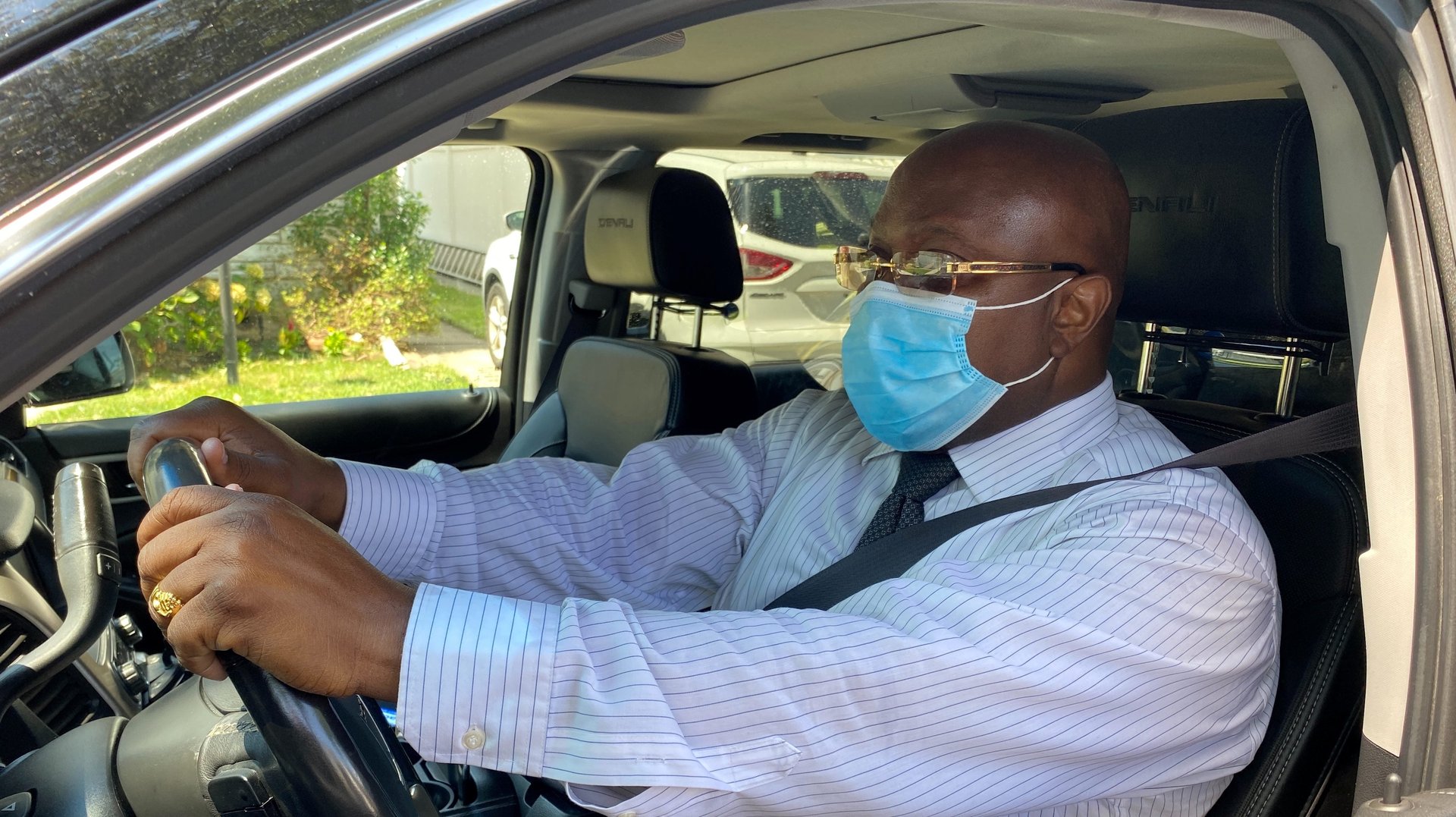Uber is trying to win back ridership with a kinder, gentler image
Uber announced this week that it is committing 10 million free or discounted rides to help “vulnerable communities” around the world get access to Covid-19 vaccinations. The company says it will work with organizations that have “deep ties to communities of color that have been disproportionally hurt by the pandemic” to provide rides to and from initial vaccination appointments, and for the follow-up shots that will be needed a few weeks later.


Uber announced this week that it is committing 10 million free or discounted rides to help “vulnerable communities” around the world get access to Covid-19 vaccinations. The company says it will work with organizations that have “deep ties to communities of color that have been disproportionally hurt by the pandemic” to provide rides to and from initial vaccination appointments, and for the follow-up shots that will be needed a few weeks later.
Uber says the goal is to “make sure that transportation is not a barrier to getting the vaccine.”
With overall mobility revenue down 53% year-over-year, the ride-hailing and delivery giant, which remains unprofitable, also has a dire need to ramp up ridership, particularly once online restaurant orders start to come down back to earth.
“It’s a savvy way for Uber to re-acquaint itself with its customers…who haven’t really had much reason to call an Uber in the last several months,” says Tom White, an analyst at DA Davidson. With discounted rides for vaccine appointments, the company is “gently remind[ing] former customers of the platforms and do a good thing and probably score some PR points as well.”
Uber indeed has been crafting a kindler, gentler public image this year, arguably borrowing from the playbook of its ride-share rival Lyft, a self-proclaimed ”mission-driven” company that was focused on philanthropy long before the pandemic.
As Covid-19 put a spotlight on frontline and low-wage workers, Uber provided 10 million free rides and food deliveries to healthcare workers and seniors. The company also sent letters to US governors, asking that its drivers get early access to Covid-19 vaccines as essential workers, in the same vein as when it asked US president Donald Trump to include drivers as part of any federal economic stimulus relief plans—though its efforts on behalf of its workers fell short of actually reclassifying them as employees with full benefits, such as worker compensation and health insurance.
The company agreed to provide a limited benefits package to drivers in California, as part of a voter-approved ballot question over the employment status of gig-economy workers. And Dara Khosrowshahi, who replaced controversial co-founder Travis Kalanick as Uber’s CEO in 2017, has largely kept Uber’s corporate culture out of the spotlight, suggesting he has made headway revamping what the company itself had described as a toxic environment in need of rehabilitation.
Whether any of these efforts are resonating with consumers, “it’s a little too early to tell,” says White. “I think Lyft’s brand is perceived a little bit more as a kindler, gentler. But I think Uber is making improvements, too.”
But there are some areas of the business that no amount of image-crafting can fix anytime soon, such as airport trips and intracity business travel.
As it rethinks its offerings, Uber also has an opportunity to craft a new role for itself within urban transportation. With the pandemic changing how and when people go into the office, Uber rolled out new commuter programs, including one to arrange carpools for employees who live near one another, and one that lets companies reserve its own fleet of vehicles for workers. Uber also been aiming to create closer ties to public transit, which has been controversial given its negative effects on public transportation, but is perhaps another chance to rebuild its rides business while repairing its reputation.